Sustainability is a huge buzzword, and many attraction operators and suppliers are starting to bring in sustainability action plans. However, it is important to make sure that environmental, social and governance (ESG) policies are considered as a whole, and take actions to be more sustainable right from the start of each project. Essentially, it needs to be more than a buzzword – as UN secretary general, António Guterres says:
“Our world needs climate action on all fronts: everything, everywhere, all at once.”
To find out how this joined-up approach works in practice, we speak to Electrosonic, a leading international audiovisual and technology services company, about how new technologies can create more environmentally sustainable spaces, the benefits of virtual AV control and management systems, and how master planning and taking a collaborative approach from the start of a project is key.
Find out more about greenloop
hereThe Electrosonic team will also have a booth at greenloop 2023, blooloop’s annual conference exploring sustainability in the attractions industry.
Electrosonic starts the sustainability conversation early
Electrosonic offers design consulting as part of its holistic service offerings. This means that it can help clients at every stage of their journey, from concept to support.
Will Bullins, an executive consultant at Electrosonic, explains:
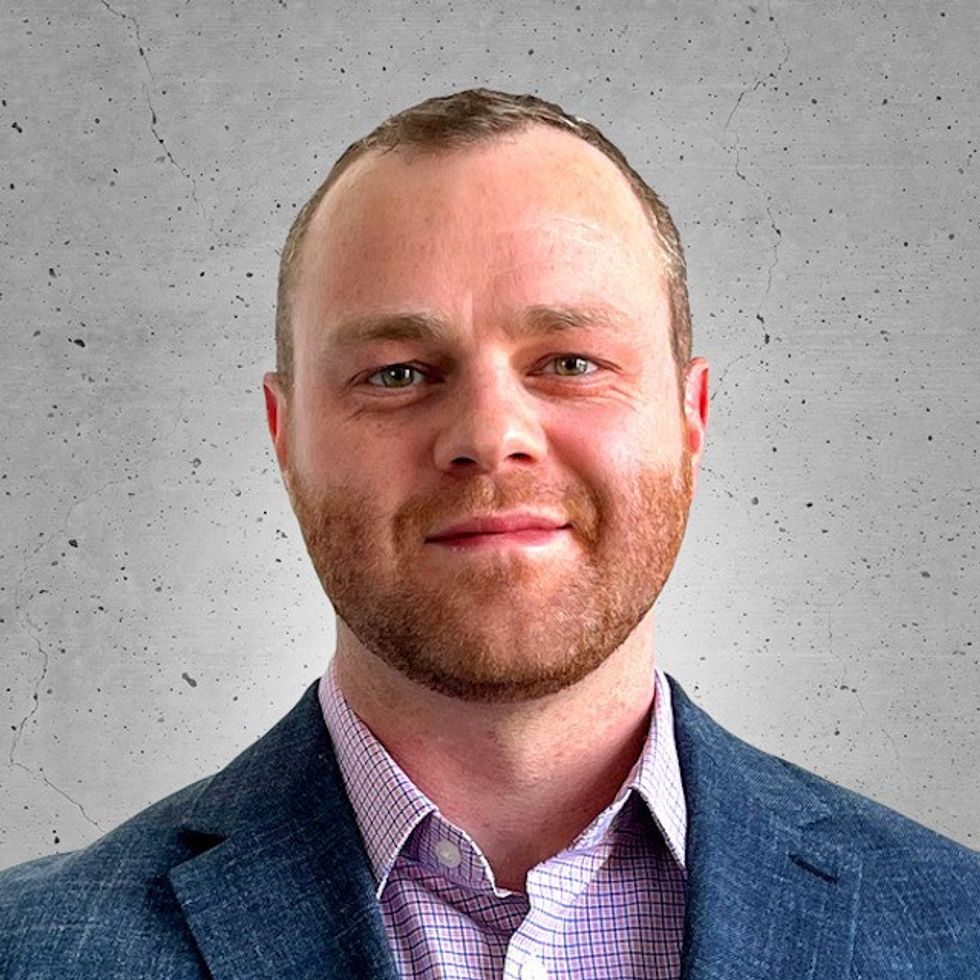
“What that allows us to do is to engage early in that sustainability conversation, during the design process, before the big decisions are made. At the beginning of a project, an architect or an owner will set a goal. When we are part of the process early on, we can ensure that the AV systems follow that path appropriately. We can be there along the way to interpret their vision. And we can make suggestions that both meet the client's needs and their sustainability goals.
“Early on, we'd look into things like using certain manufacturers that have pledged to use sustainable or eco-friendly manufacturing processes practices. We also look at consolidating some of the typically separate technology systems under the same platform.”
Technology plays a part in everything that Electrosonic does, adds Chris Moore, also an executive consultant at Electrosonic:
“With some of these new technologies that we explore, we're using those as a delivery methodology or a final product. But we also utilise those tools every single day when it comes to design, modelling, and doing calculations. Technology allows us to create more efficient systems. Because we do all that modelling ahead of time, we can find efficiencies as early in the process as possible.
“That means that we've got a plan from the very beginning to work all the way through. We use technology at every step of that journey.”
Harnessing the potential of AI and smart technologies
One of the ways that the Electrosonic team works to make its projects greener is to make use of smart technologies. For instance, Artificial Intelligence (AI) and the Internet of Things (IoT). These can help make projects more sustainable by adjusting systems like lighting, heating, water, air conditioning, etc.
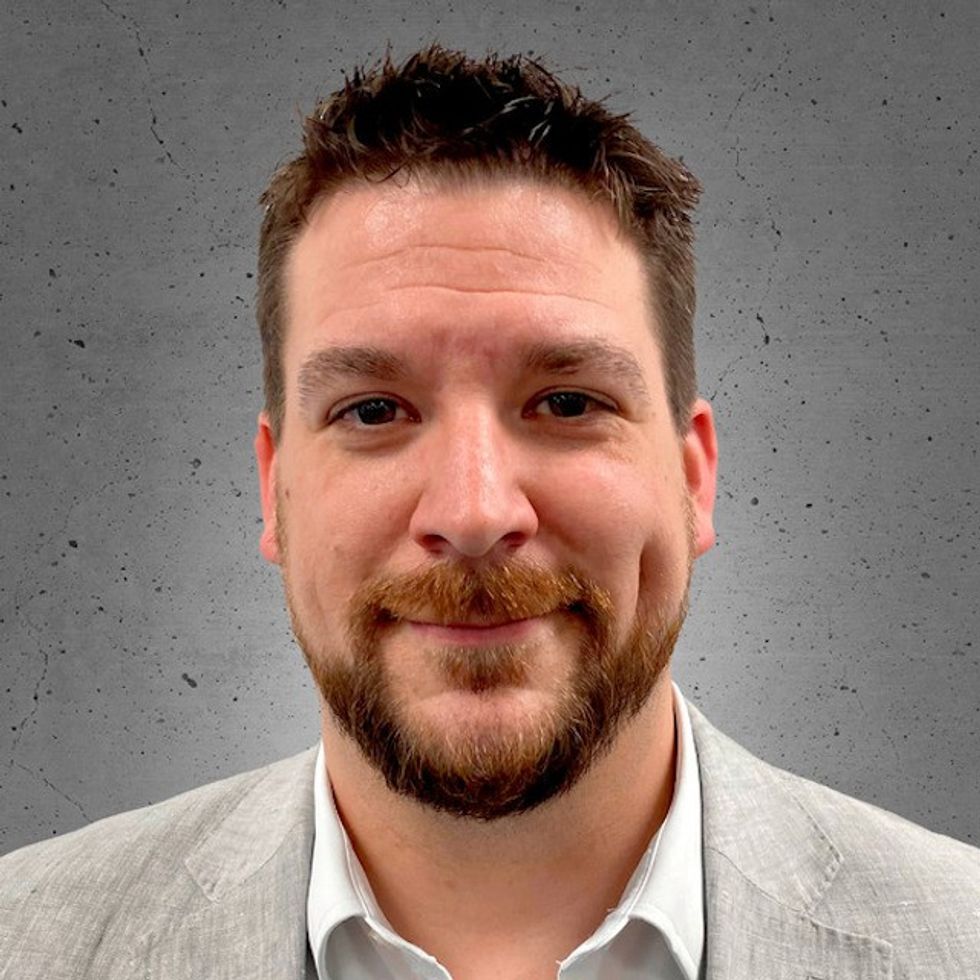
“For us, it's not just about a projector or an LED wall,” says Bullins. “There is a lot more that's going on inside of the building.
“AI will inherently get smarter and better at making decisions over time. That is because it is learning more about the flow of people and temperatures and other environmental conditions. We’ve all been in that situation where you go into a building, let's say in New York in February, when it’s a rare 60-degree day but inside the building is super-hot because they would usually have the heat on all the time that time of year. Tying all of these building systems together within the same operating system helps reduce those problems."
The team is also looking at how smart technology and AI can help manage the AV systems as well:
“For instance, with things like the output of light from projection or LED walls, AI could potentially automatically adjust those based on data about the occupancy levels, the time of day, the ambient light in the space, and the kind of content being displayed. And it can do all that in real-time, so constant adjustments are being made.”
IoT and the value of data
When it comes to IoT, most modern buildings have things like lighting controls, thermostats, and sensors located throughout the building. This keeps everything regulated depending on factors like the movement of people and the time of day.
“Those sensors can be tied into the AV system so that everything can be managed and viewed and controlled through one dashboard,” explains Bullins. “So, you get to see your entire building come alive, as it were, all in one place."
Moore adds: “It's about datasets. For AI, or even for us as human beings, the more data we have in front of us, the better-informed decisions we can make. All of those endpoints, which are in IoT architecture, that is your sensing layer. That's all collecting data.
“I think what's interesting recently, with AI coming to the forefront, is that we were already collecting all that data. But we struggled when it came to how to process it. We had that layer of IoT architecture, the processing layer, and now all of a sudden with AI, it's usable. That, in turn, is allowing us to flip over into the application layer of IoT. We can start to take all that data processing and output it into meaningful things. Whether that is a maintenance page on a web server, or it's a set of data points that allow operational controllers to make informed decisions.”
Electrosonic uses Virtual AV Control Systems to boost sustainability
The Electrosonic team explains how Virtual AV Control Systems can also help to make immersive experiences more sustainable:
“When we design these systems, or we say: ‘Ok, we want to achieve this guest experience’, our job as consultants and as technology experts is to draw that straight line - how do we get from here to there and how do we achieve this goal? As you start to connect all those dots and datasets, you can create these more efficient systems,” explains Moore.
“When we say systems, we can be talking about the technology system. But we can also be talking about an operational system or a people management system. Again, it’s about taking those datasets and using that as part of your creative iteration process to make better-informed decisions. For example, laying out the floor as efficiently as possible so people can go through smoothly is a sustainability factor. This cuts down on your overall loading of the building.”
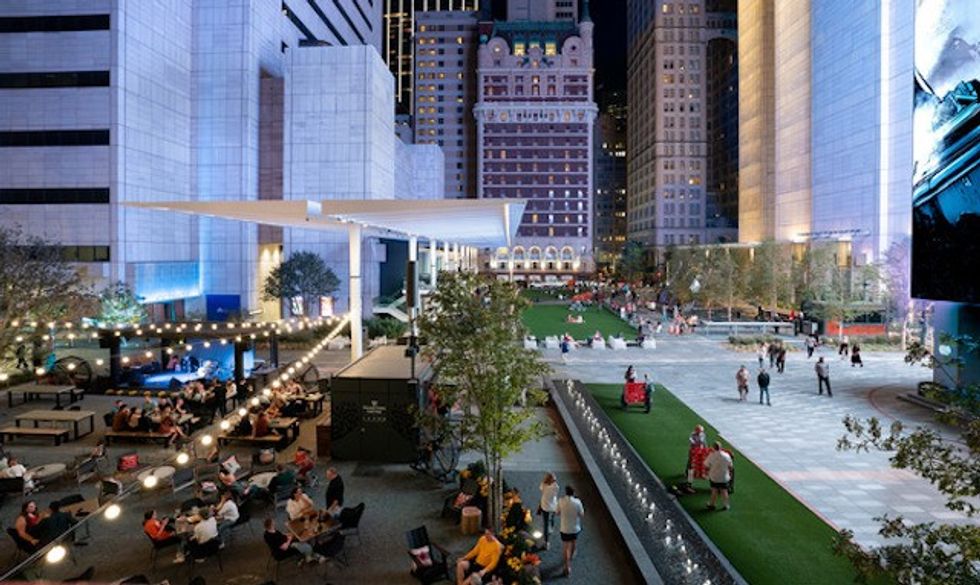
Bullins adds: “From a physical standpoint, a virtual system takes way fewer pieces of equipment. This is important because technology requires raw materials. So, if you can save on hardware, you're helping to reduce overall materials consumption, power consumption and cooling requirements.
“There is a lot of different software and different solutions required to run these complicated systems. However, being able to do that through one virtual server takes much less power, produces less heat, and also takes up less actual physical space as well.”
Moore says: “We also make sure that we make better equipment choices. It used to be that we would round up. For instance, with projection, we would round up to a more powerful projector because you want to make sure that hardware was powerful enough to match the environment.
"But now, we have better modelling processes, and we have a better understanding of all these different things. So, we can make better equipment decisions. And a lot of times we can cut down on the amount of equipment that we need to provide the right experience.”
Shared networks save energy & more
Attractions have similar systems to smart commercial buildings, so there is a huge opportunity to combine physical networks. This can help to reduce infrastructure and costs. What previously used to be separate networks, requiring their own cabling, switches, hardware, conduit, racks, and equipment rooms, are now converging. This also allows data to pass between systems, which comes with another set of advantages.
“If you ask anyone in the AV or technology space, they'll tell you that AV over IP is the standard now. So, everything that we do goes over the network,” says Bullins. “With this, we are seeing the opportunity to combine the client’s network, such as the building infrastructure and the systems network, with the AV network, all into one consolidated network."
“Not only is that fundamental from an IT perspective, but think about all the equipment that these networks require. There are hundreds of IoT systems and components in a building and they all require network cabling and conduits. They require real estate, power and cooling. So you can see how having multiple separate networks can add up. But when we secure these systems, there's no reason why video can't run on the same physical switch as the point of sale, the lighting, the HVAC, etc.
“And, since they're all on the same network, it helps us control them all and make sure that they're all talking to each other so that things can be adjusted. And, going back to AI and smart technology, these can be real-time adjustments."
This is where upfront master planning is key, adds Moore:
“We can say: ‘We are going to use this MEP system and this architectural lighting system, and we know they talk together, we know there' are collaboration possibilities there.’ I've seen several projects where everybody's working in their own bubble, and they only come together and talk at the last minute. When you work that way, you've wasted that potential.”
Sustainability isn’t the only benefit
As the Electrosonic team demonstrates, the benefits of these combined networks and smart technologies when it comes to sustainability are clear. However, the advantages don’t end there. For instance, working in this way can also lead to better maintenance and fault detection and ultimately a better guest experience.
“When it comes to maintenance, having a system which triggers an alert if an audiovisual component is not operating correctly or needs adjustment is essential. As we all know, preventative maintenance is more efficient than reactive maintenance,” says Moore.
When we start to involve IoT devices and AI and all these different technologies, we can start to create personalised experiences
Essentially, when an operator has a better understanding of how all these systems are working together, they can make better decisions. Plus, adds Bullins:
“When it comes to the guest experience, it used to be that if you went to a theme park and you went on a ride, for example, it was the same experience every single time. It was just a script. A lot of times, whether we're talking about museums, theme parks, or public interactive spaces, there was always this common script, where you stand there and you watch something happen. And it’s the same each time.
“However, when we start to involve IoT devices and AI and all these different technologies, we can start to create personalised experiences.”
Data helps to enhance the guest experience
It's all about using data to understand who the guest is and using that to create bespoke, personalised experiences.
“That makes it more personalised for you," says Moore. "But it also makes you want to come back and experience it differently and to start a conversation with your friends about what they saw. There’s the potential, for example when we’re talking about immersive attractions, for everyone to have their own experience. That’s huge.
"Not only that but then you start to recognise different needs, you can automatically cater to people with various accessibility needs or people who need additional accessibility technologies to make their experience a positive one."
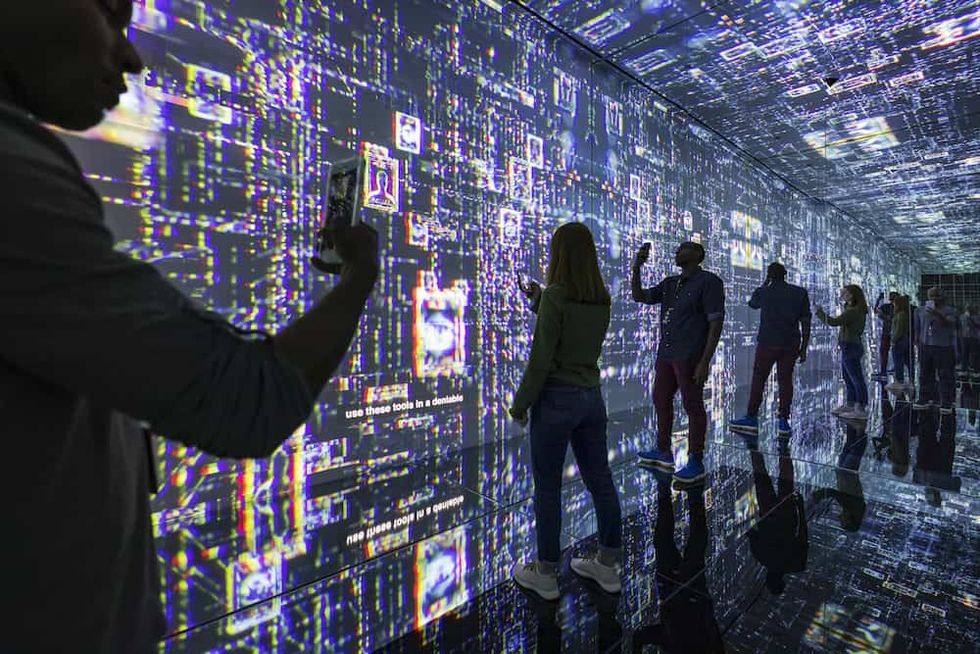
“The impact on the pre-and post-guest experience is also very important,” adds Bullins. “For instance, when you leave, the experience can continue with you. Or, there can be some sort of follow-up based on what you did, not just a canned ‘Thanks for joining us’ message.”
Rising to the challenge
There are, however, some challenges when it comes to adopting these new technologies or ways of working. One vital aspect of successful projects, says Moore, is training:
“Training is essential. Lack of training and understanding is always going to be a huge barrier to adoption. If we don't deploy it correctly, it's going to fail. And when you start to have failures, people back away from it.”
User training is also important:
“We always make the joke that if we design a system that you need a doctorate to run, then your operator is going to fail because we’ve designed a system that’s too complicated to operate and maintain. We as consultants and designers have done a bad job then. So, we need to make sure our end users understand what these systems are. They need to know how to utilise them, and what these systems can do for them."
“It is equally as important to establish training and standardization in our industry. We must look at things collectively and holistically as a design community. We as an industry have to continue to push standards so that we have this as our baseline.”
Another potential challenge is contract limitations. With Electrosonic’s Technology Master Planning and being involved in the project from the start, this can be avoided, however:
“A lot of times, we come across an issue where things fall in the gaps of what is in scope. For instance, you’ll have the artificial lighting team and the audio-visual team. They're standing on either side of their contractual demarcation line, and neither one of them will cross the void. This is where the masterplan is vitally important, so we can get in the front of those gaps better and have that conversation, working as a group.”
Electrosonic talks sustainability at AT&T Discovery District
To show some of these smart technologies and sustainable design considerations in action, the team talk about a unique project that the firm worked on, the AT&T Discovery District in Dallas, Texas [pictured, top].
“The AT&T Discovery District is an amazing project that has transformed a downtown area in Dallas,” explains Bullins.
“It's made up of a mixture of brand moments. It has a huge, seven-story, outdoor LED wall that attracts attention and has amazing content shown on it at all times. There are indoor LED columns and a feature wall, and there is 3D immersive audio that makes it feel like you're literally immersed in a space and makes you forget about what's happening outside the experience."
“From a technology perspective, we combined the information, communication, technology, AV systems and show control system. This reduced the back-end requirements and energy use. Wind energy powers the entire site and all the water is from reclaimed water. The technology components are sourced using green sourcing.
"For this project, we did a lot of pre-planning and a lot of Technology Master Planning. Those early conversations lead to us being able to make decisions based on the sustainability needs, but also making sure that the experience is what the client is looking for."
The AT&T Discovery District also includes a smart irrigation rainwater harvesting system, promotes walking, and has numerous recycling opportunities for visitors. There are food and beverage outlets as well.
“Of course, those aren't necessarily audio-visual technologies. But this is all part of the same living, breathing space, it's all tied together. It’s an awesome example of how architecture, IT technologists and creative designers can all come together in a way that supports the meaning of a place. There's a lot of technology in this space. However, it's not overwhelming and it's more of a service to the place itself. And it's a wonderful experience.”
Electrosonic' s commit ment to sustainability
Electrosonic is known for its immersive AV installations, but how does it balance these potentially energy-hungry projects with its sustainability goals?
Bullins says:
“We get this question a lot when we talk about sustainability. A lot of our projects include things like huge LED walls which are very bright and look like something that would take a lot of energy. So, people say, ‘How are you sustainable while also putting in stuff that requires power?’
“But we, and the manufacturers, are very tied into making it more sustainable, especially as time goes on. Technology gets better. It gets less expensive, and it gets more sustainable, whether through better recycling methods during the manufacturing process, or through finding new ways through AI and smart technology to limit the amount of power that can be used per day or tone it down at certain times of the day."
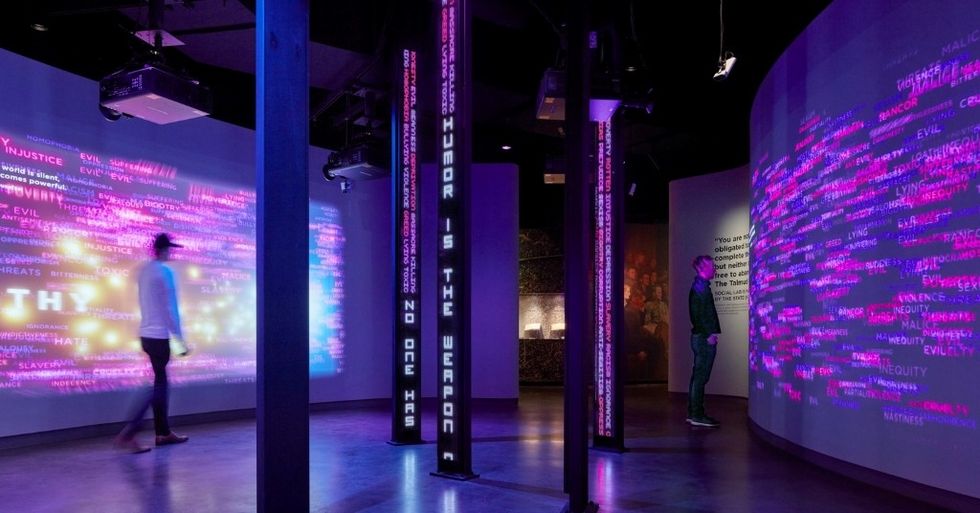
“It's a work in progress,” says Moore. “But we're already making huge strides in making it sustainable because it's important to us. We understand that, yes, it does take energy, it does take power. But we're trying to make that as copacetic as possible. There is no one silver bullet, so whenever we're talking about sustainability, we're talking about shaving points. If we all collectively shave our edges wherever we can, that adds up. So, we can all collectively cut down our carbon footprints.
“Clients will call us and say: ‘I want a sustainable LED screen.’ And our answer, unfortunately, is that there is no green LED screen. It's not a thing that exists. But how we manage different technologies and how we apply them can ultimately help to make everything greener. It takes everybody collectively to make a difference.”
Electrosonic & the importance of sustainable partners
Electrosonic has a vast ecosystem of technology partners whom it works with regularly. Together, they collaborate on R&D and market research to jointly serve their customers. It is important for the firm that these partners align with Electrosonic’s sustainability values. To facilitate this, the company recently developed a formal Technology Partner Programme, as Ryan Poe, director of technology solutions, explains:
“About a year ago, we realised that we had a lot of vendors that we were working with. This was done with good intentions because it allowed us to be a little bit agnostic. But it also meant we were spread pretty thin in terms of being able to engage with our partners and understand their solutions. So, we developed the technology partner programme as a way to be more intentional about how we engage with those partners, and how we work with them, while still having the freedom to choose the best technology for the client.
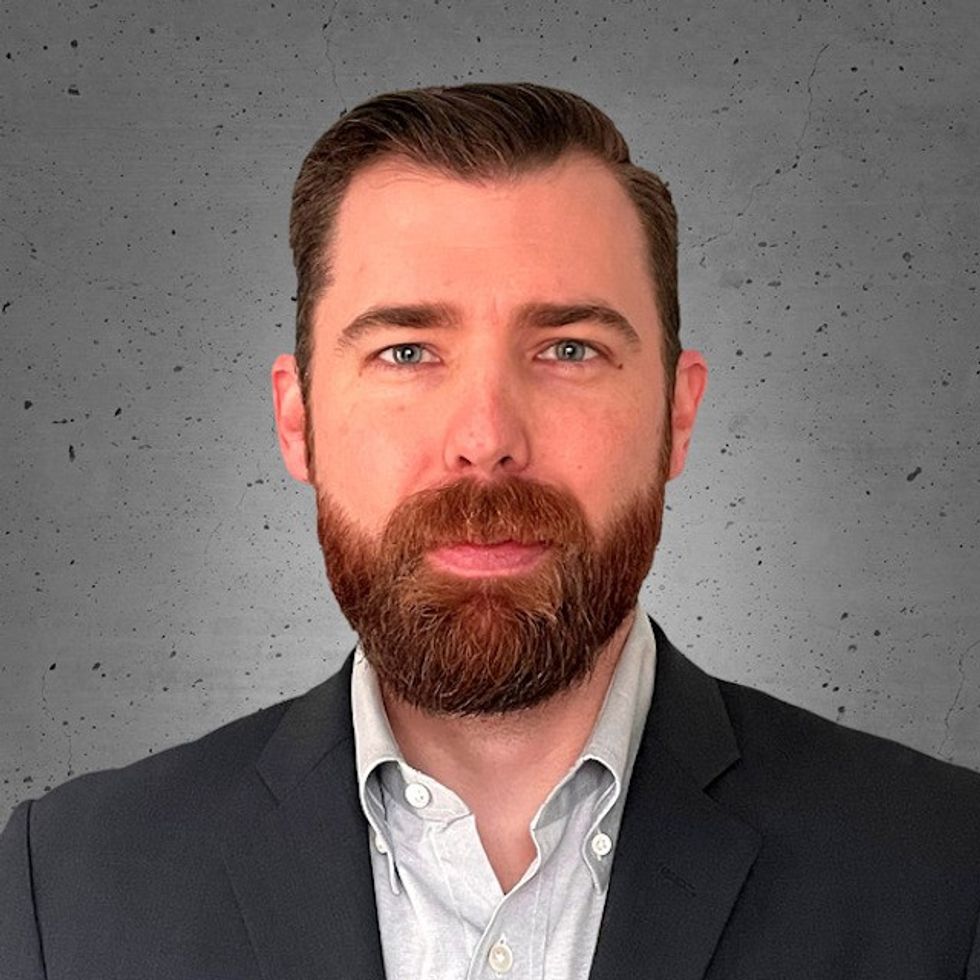
“It has proved positive, both on our side and on the partner side, to have that deeper level of engagement. Within that, we have certain goals that we're trying to achieve and also qualifications for joining the programme. We look for partners that are innovative and collaborative, and that we can work together with on a product roadmap or to bring new solutions to the market. But then we also look for companies that have cultural alignment with us. So, we look at things like human rights and sustainability.”
Within this programme, Poe says that it is important for Electrosonic to choose partners who are working towards sustainability and coming up with innovative solutions in this area:
“For us, it's very important, for several reasons. Firstly, we just want to be good stewards. It's the right thing to do, to use sustainable technologies and incorporate that into our designs. It's important for our clients too, so it's oftentimes a requirement for the project we're doing. When we have that cultural alignment with our partners, then there are often other synergies that come out of that as well.
“Sustainability doesn't have to be at the expense of the overall guest experience. If anything, it can augment it. A lot of the things that we do around sustainability can create a better experience.”
Not just lip service
It's one thing to reduce power consumption but if projects are using products that aren't going to last long and then throwing those into a landfill and sending people out to put in a new product, then they are undoing a lot of that benefit.
“I’ve seen consumer products with an energy rating being put into a commercial environment to check a box for sustainability. But in the long run, that product isn't meant for an environment where it is running constantly. So, it'll fail quicker. And then it needs to be replaced, so that process has undone any of the energy savings that it brought.
“If we're able to remotely monitor and manage devices, or an entire system, it means that, first of all, we can hopefully prevent issues from ever happening. We can get warnings and alerts that a failure is imminent, or something's not running the way we expect it to. So, sometimes we can correct that before it even happens."
If something does happen, often it can be remedied remotely rather than sending somebody to the site.
“If we can improve uptime and reliability and have a system that's constantly operational, that's going to provide a better overall experience while also reducing our impact on the environment.
“Power consumption is another big topic that comes up. Things like intelligent automation can help. For instance, when it comes to turning displays off when they're not being looked at, we can do that by syncing occupancy in a space and knowing that there is no one in there. It’s about taking a holistic view of the system and of what you're trying to achieve with the technology and then building sustainable models around that, rather than trying to shoehorn things in or just check a box.
“It's one thing to pay lip service to this. But we want to do things that are actually making a difference.”
Electrosonic and Treedom
Electrosonic recently announced a new partnership with Treedom, a tree planting company that’s dedicated to ‘greening the planet’. Treedom is the world’s first digital platform that enables users to plant a tree remotely and follow the tree-planting project online. It has already planted more than 3.4 million trees globally, which all are planted directly by local farmers.
Electrosonic created its first forest and is gifting trees to customers as part of various company initiatives. Customers receive a photograph of their tree as well as details of where it is located. They also get regular updates on its growth.
“We are delighted to partner with Treedom, an amazing company who are helping to reduce global carbon dioxide levels while creating sustainable ecosystems,” says Ewan Smith, global president and managing director at Electrosonic.
“As a technology solutions company, we understand that technology can have a negative as well as a positive impact on the environment. In being part of this wonderful initiative, our aim is to create a better, greener world.”
Electrosonic will be present at its virtual booth at greenloop 2023, which takes place from 25 – 26 April. Attendees can meet the Electrosonic team and learn more about the company’s services, including its work to embed more sustainable technologies in its projects.
Charlotte Coates is blooloop's editor. She is from Brighton, UK and previously worked as a librarian. She has a strong interest in arts, culture and information and graduated from the University of Sussex with a degree in English Literature. Charlotte can usually be found either with her head in a book or planning her next travel adventure.


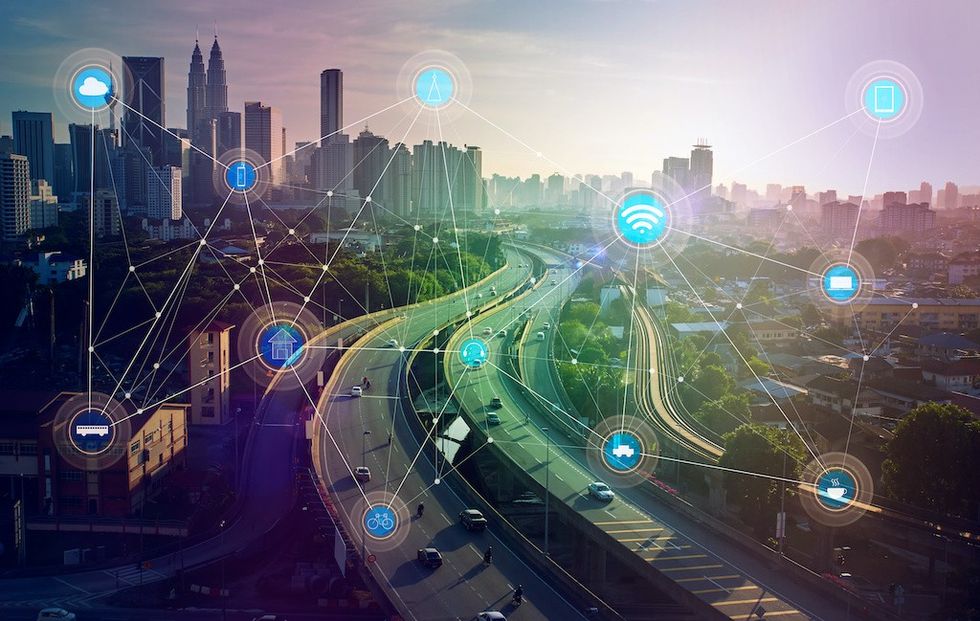
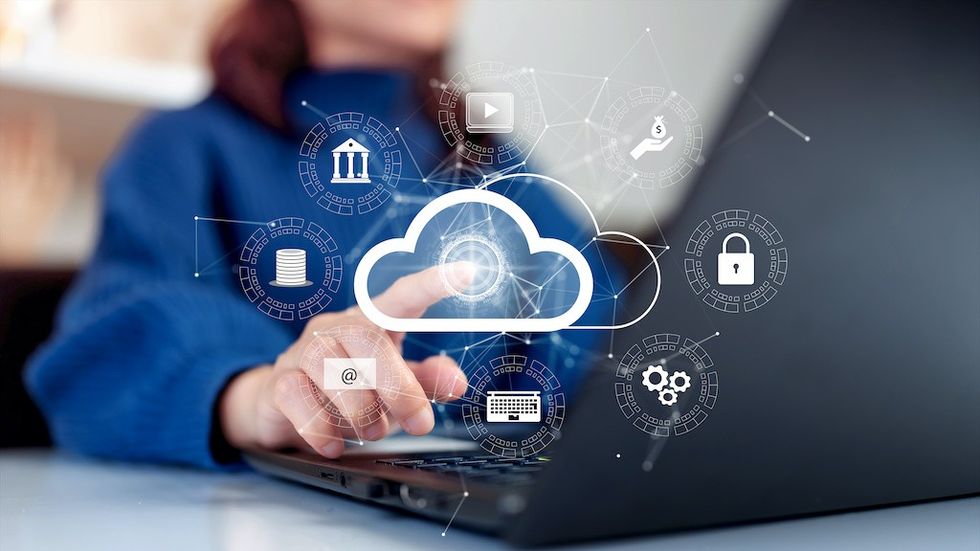
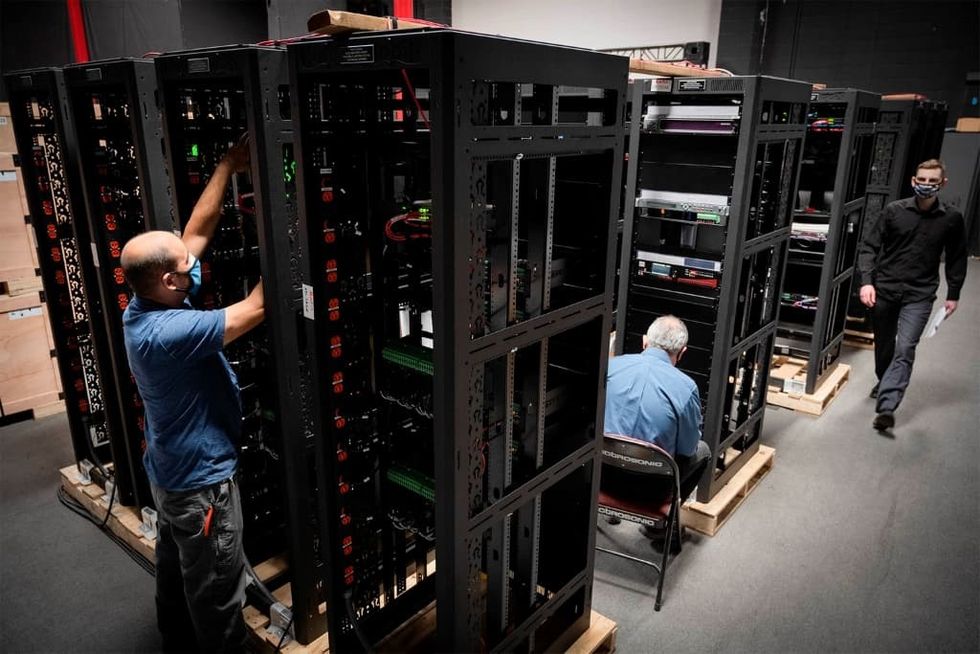
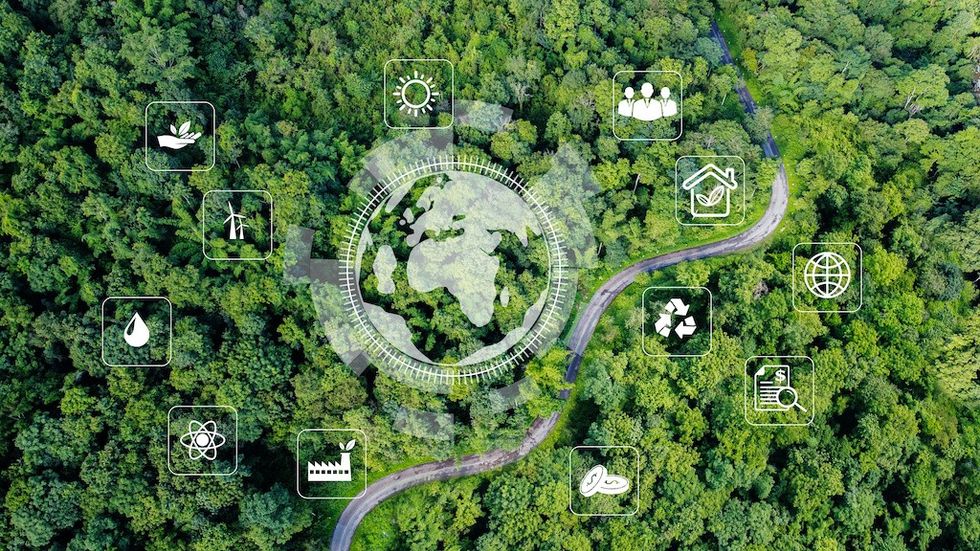

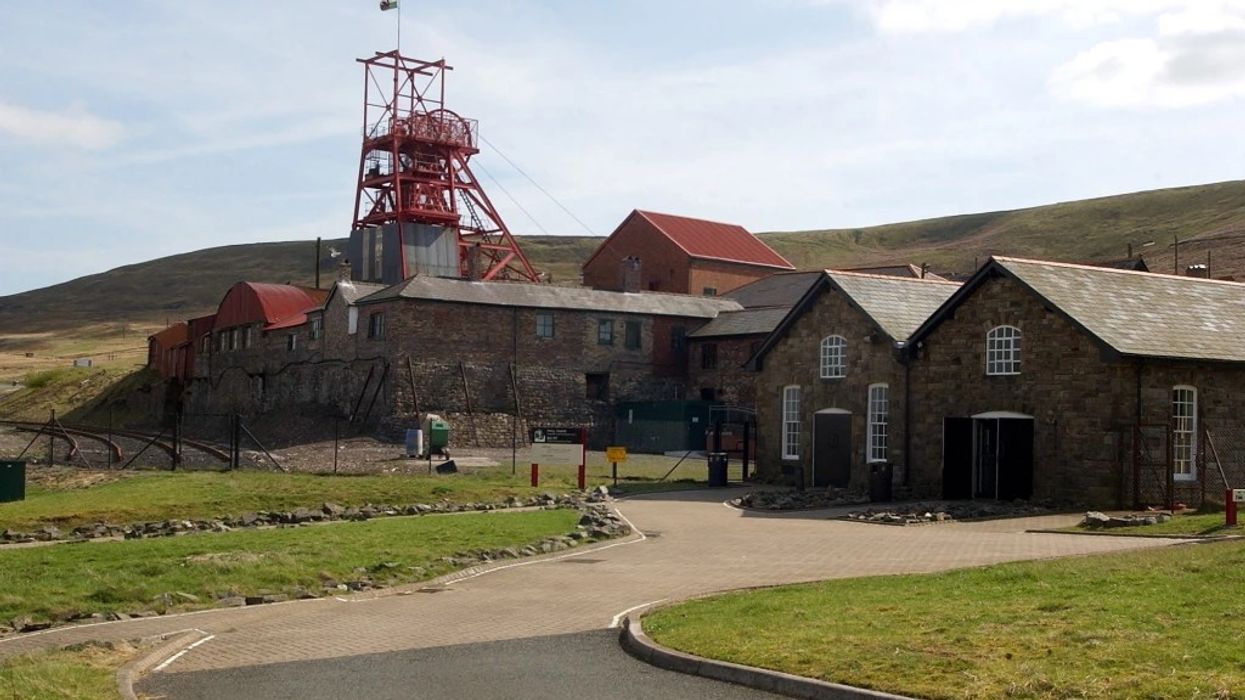
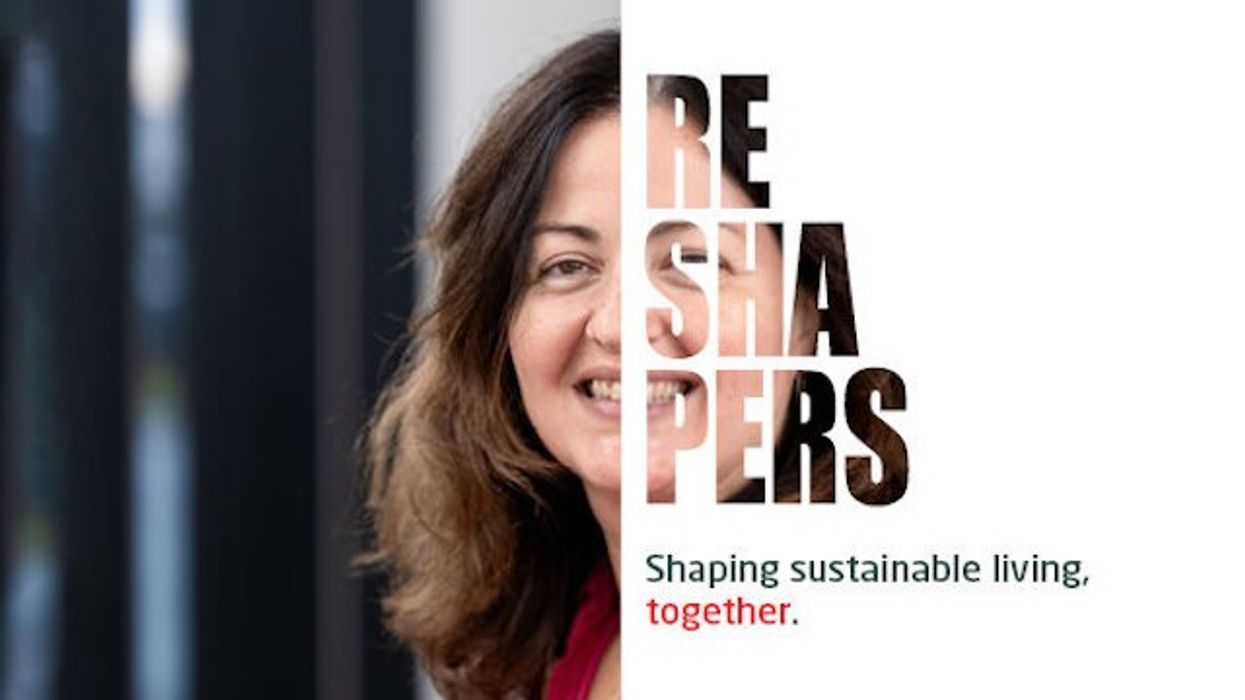
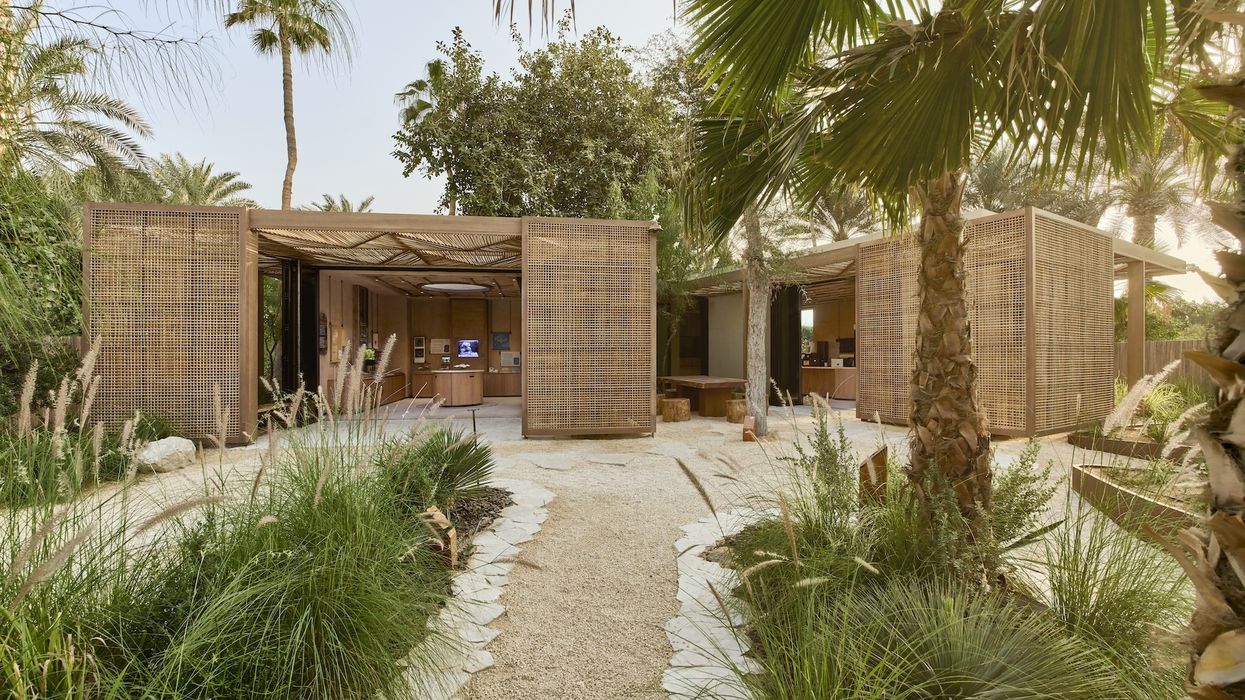



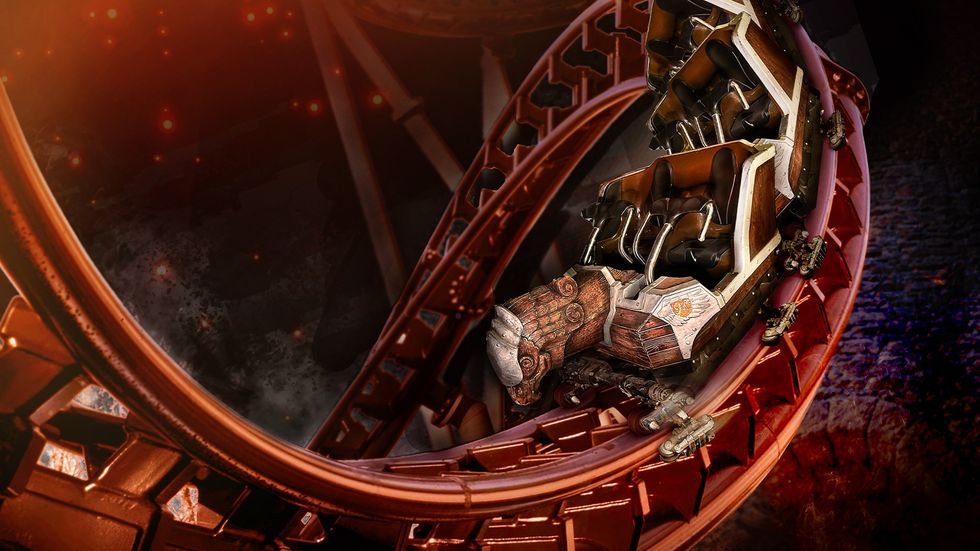


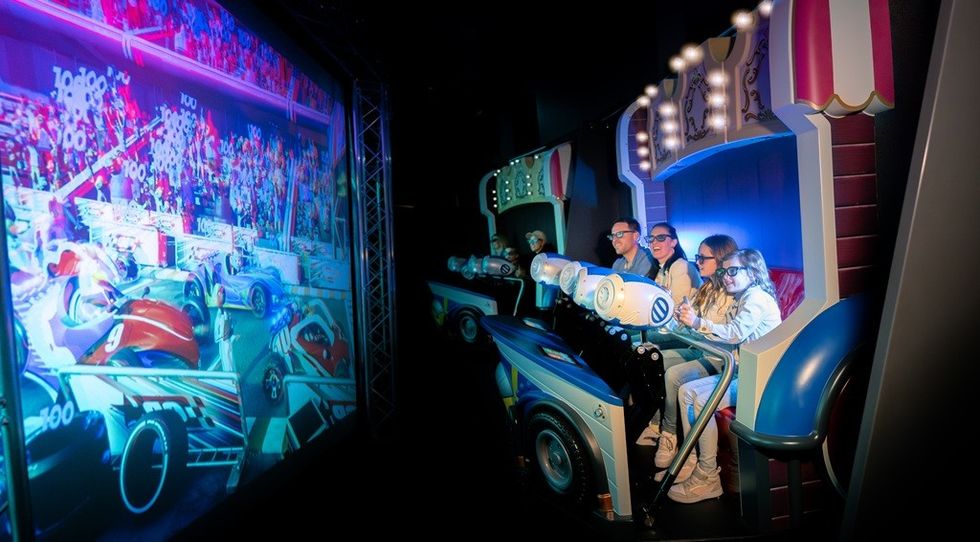

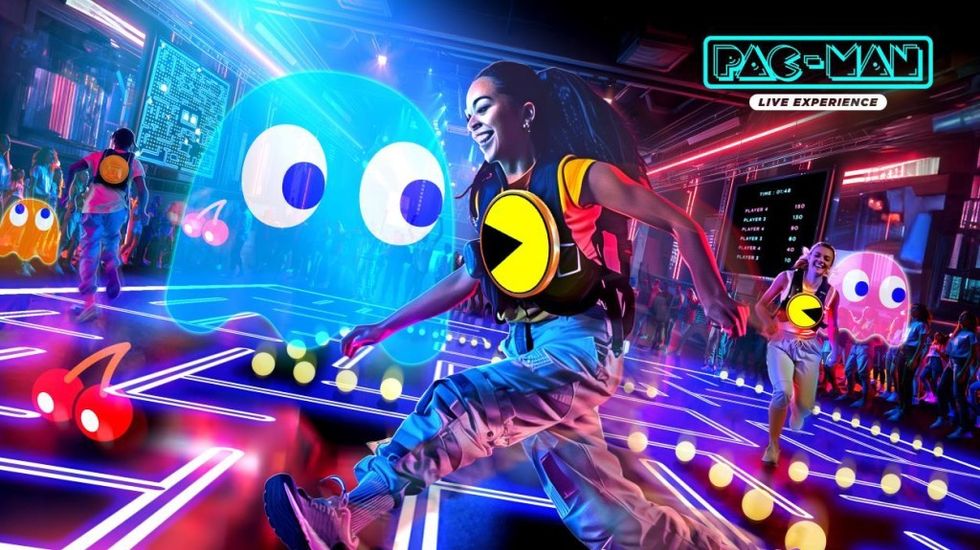

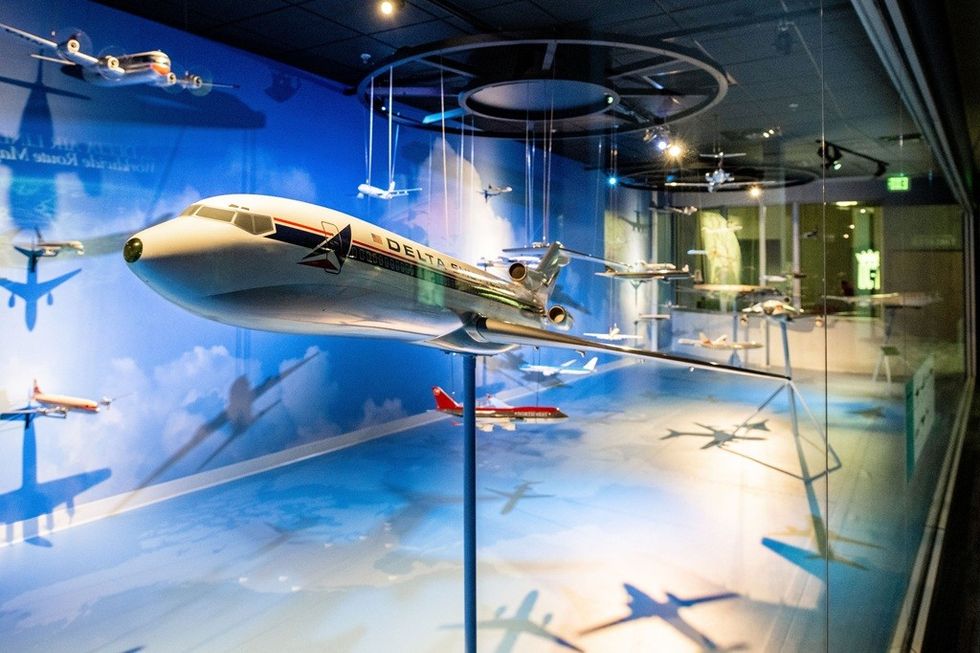 Exhibit at Delta Flight Museum courtesy of Rank Studios for Delta Flight Museum
Exhibit at Delta Flight Museum courtesy of Rank Studios for Delta Flight Museum 
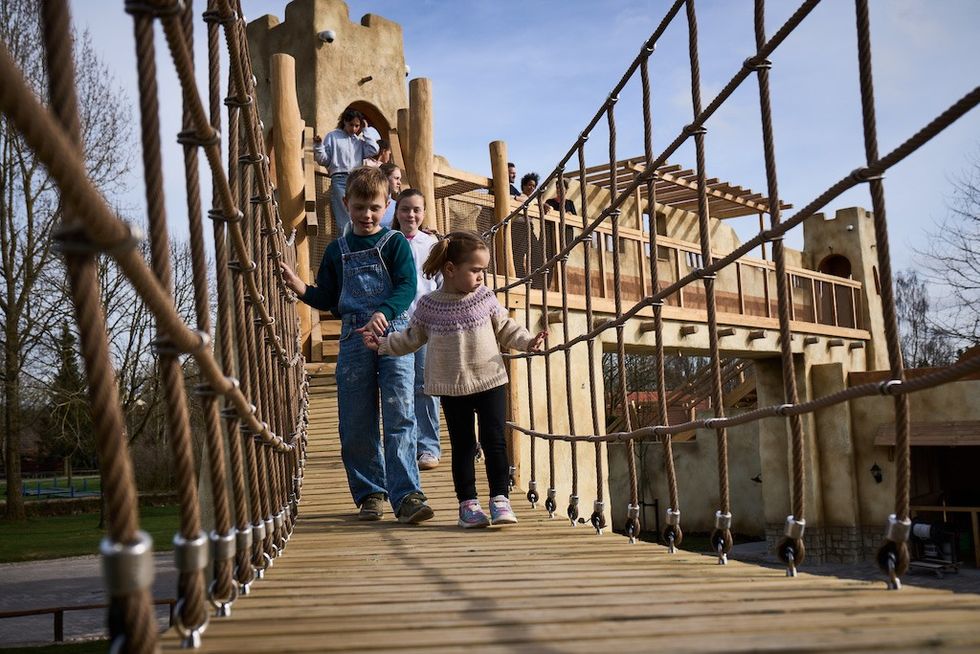



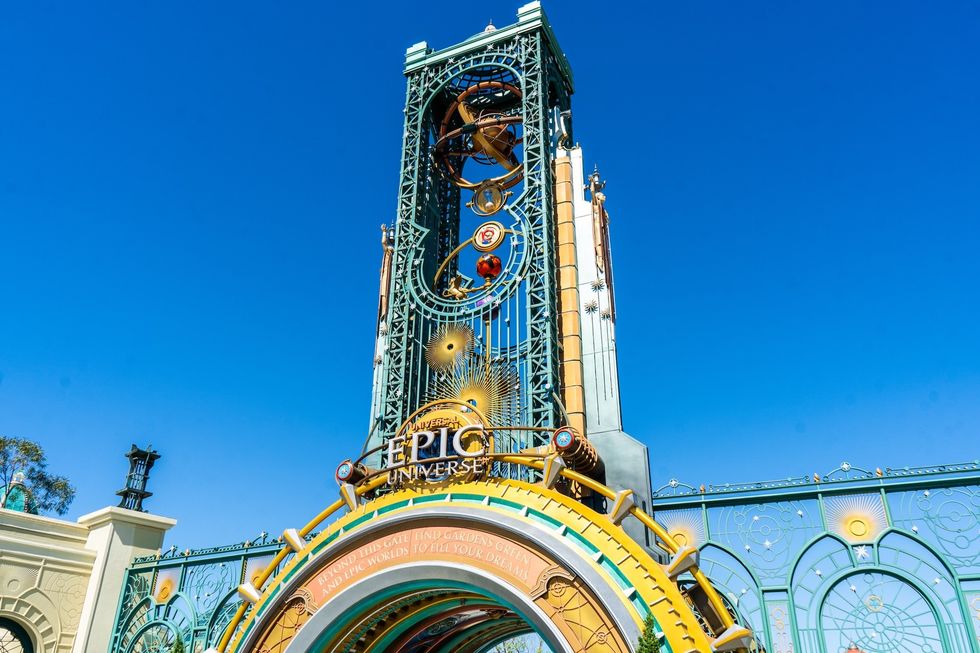
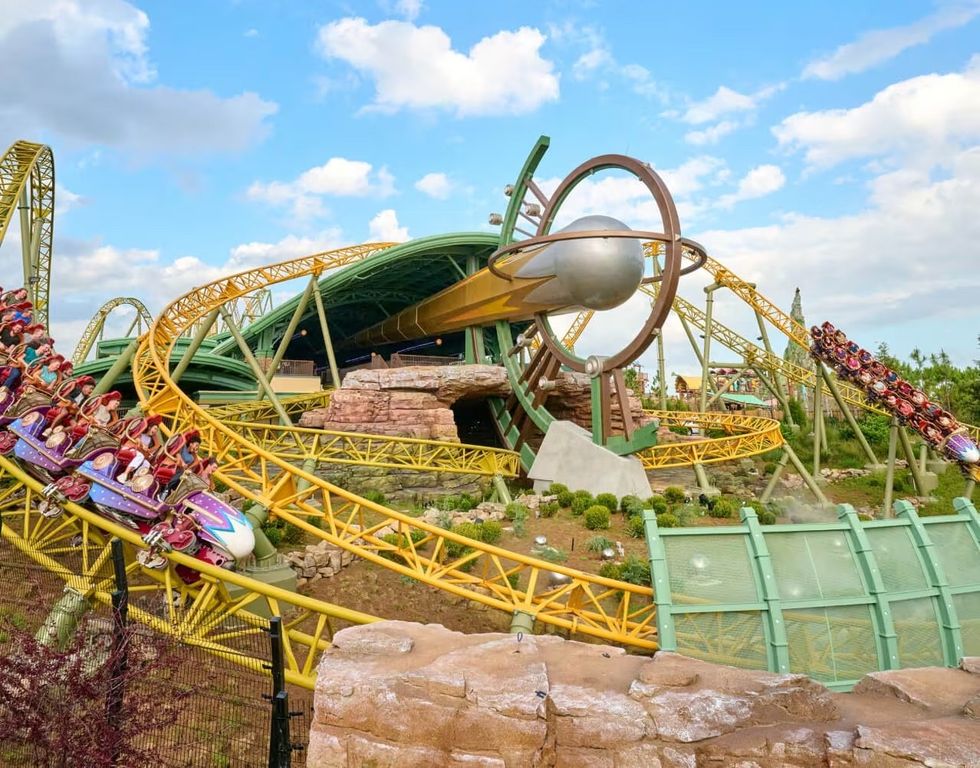
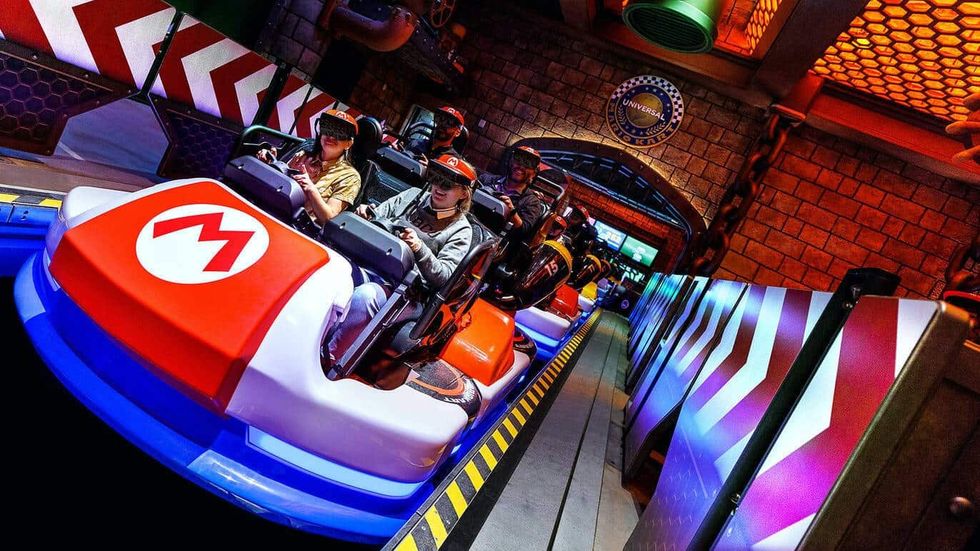


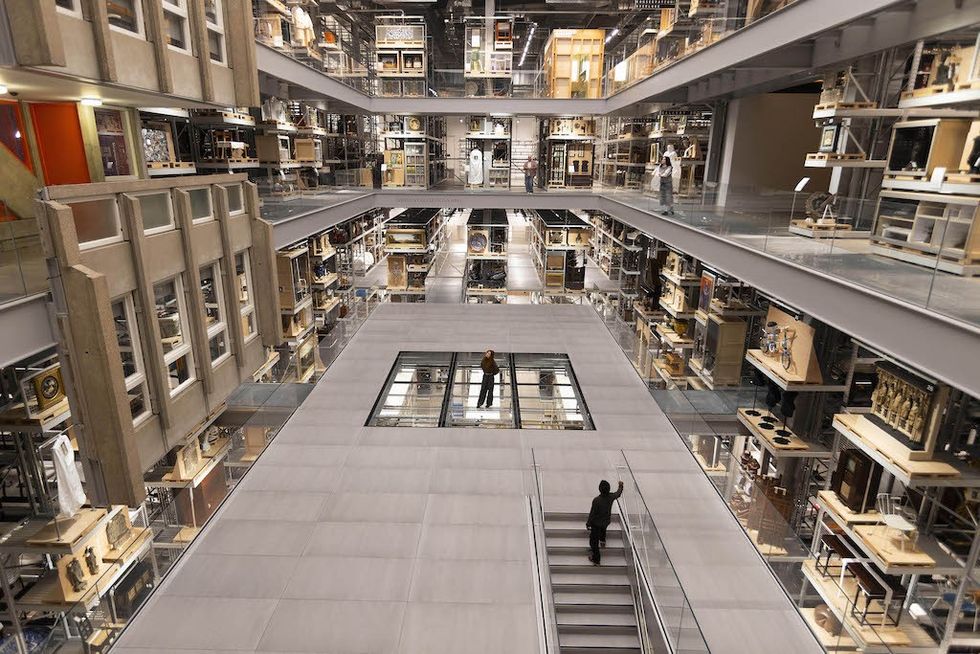 Image by David Parry, PA Media Assignments
Image by David Parry, PA Media Assignments 

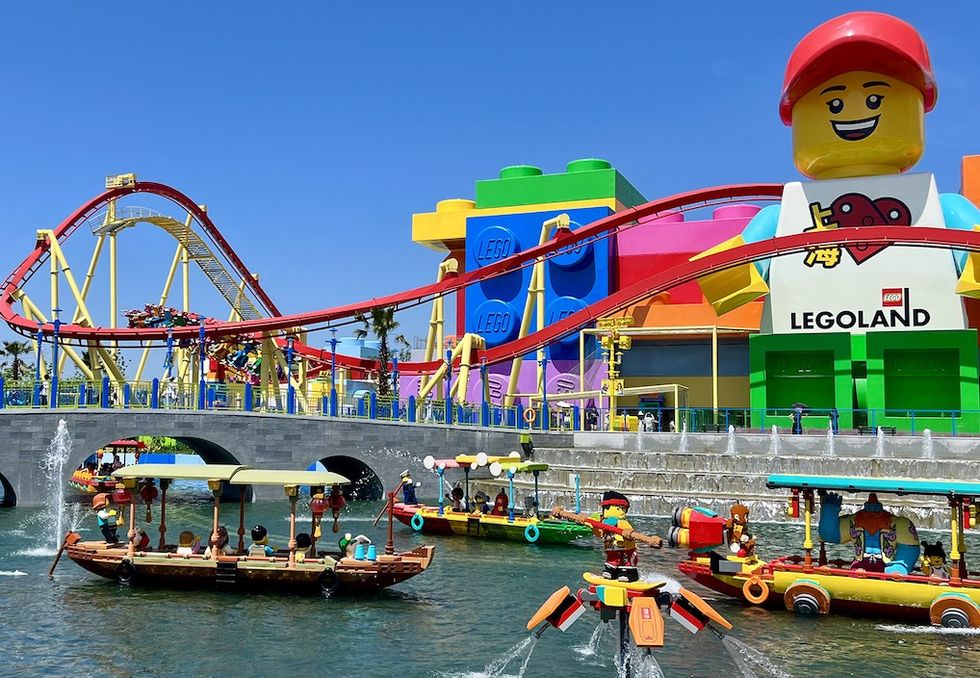
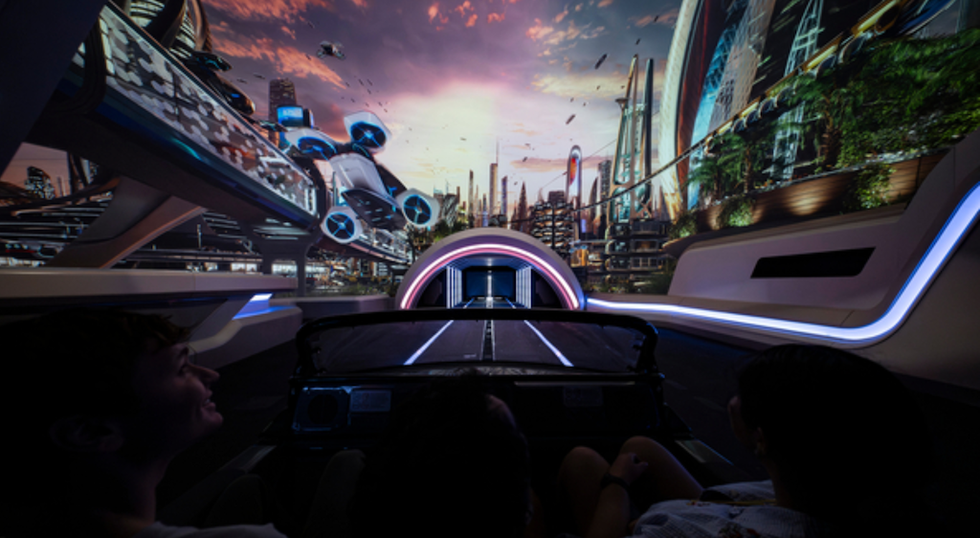 Image courtesy of Walt Disney World
Image courtesy of Walt Disney World
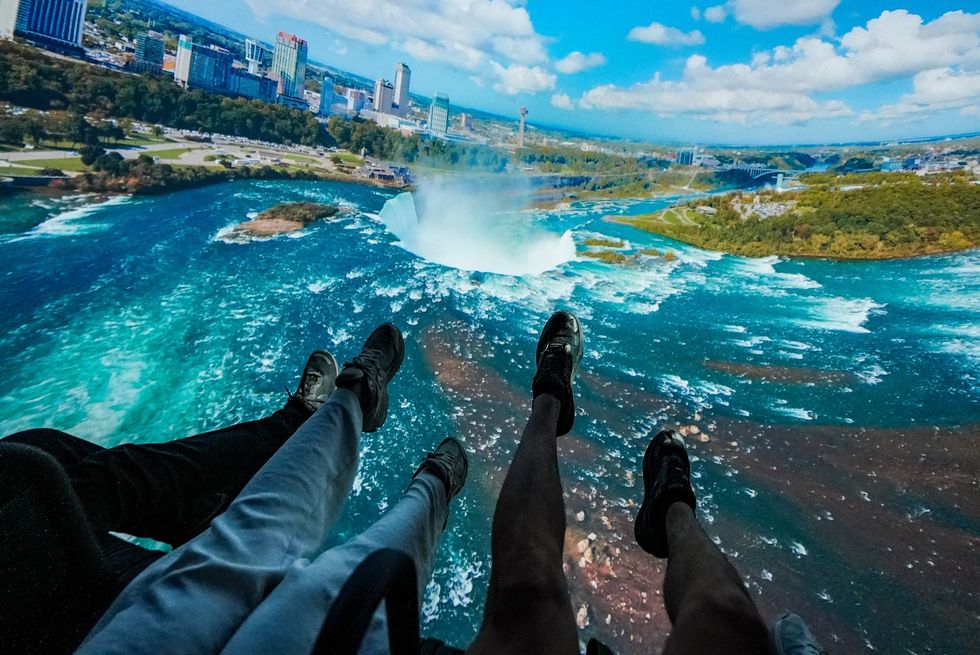

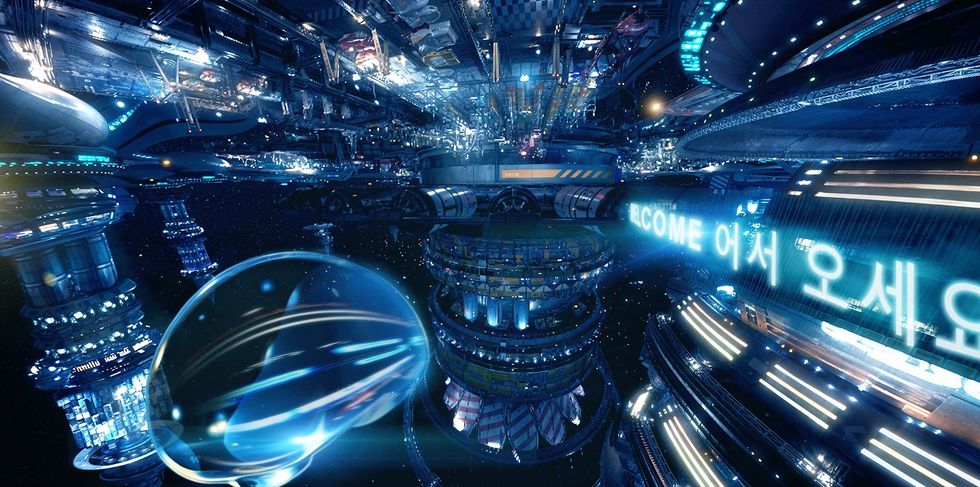


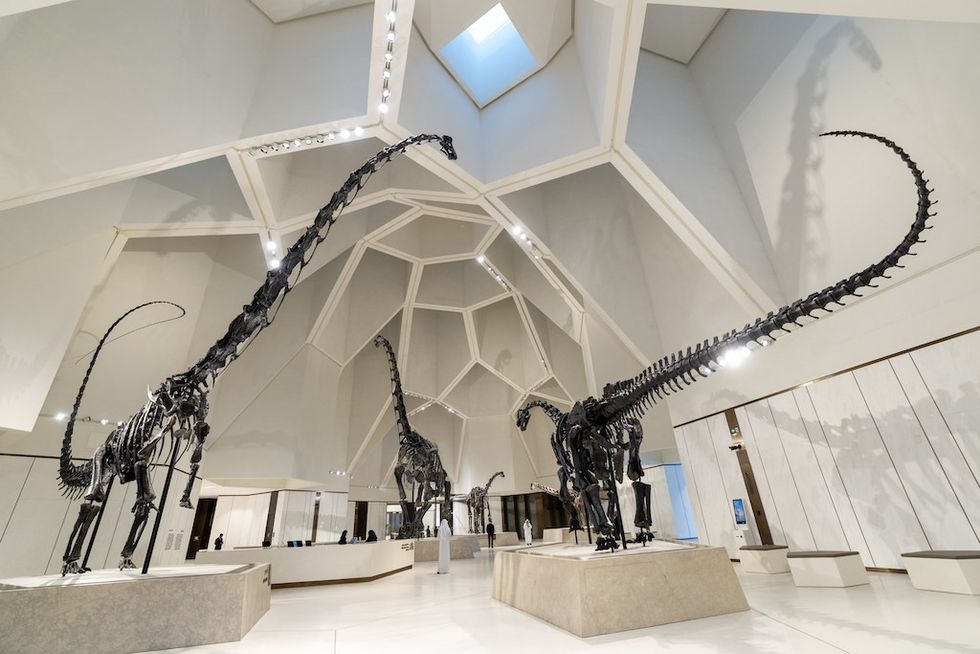
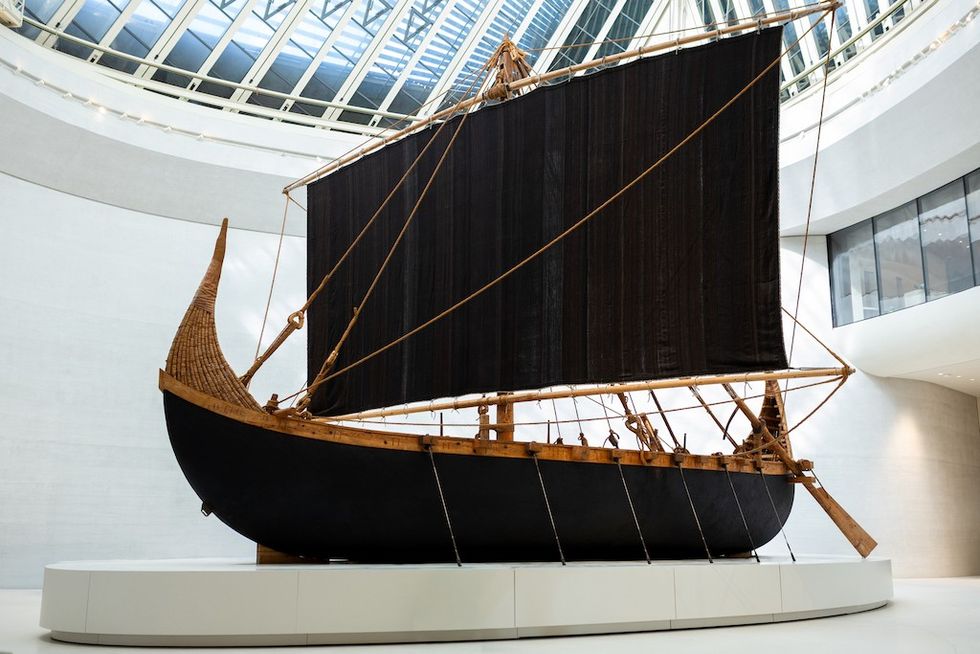

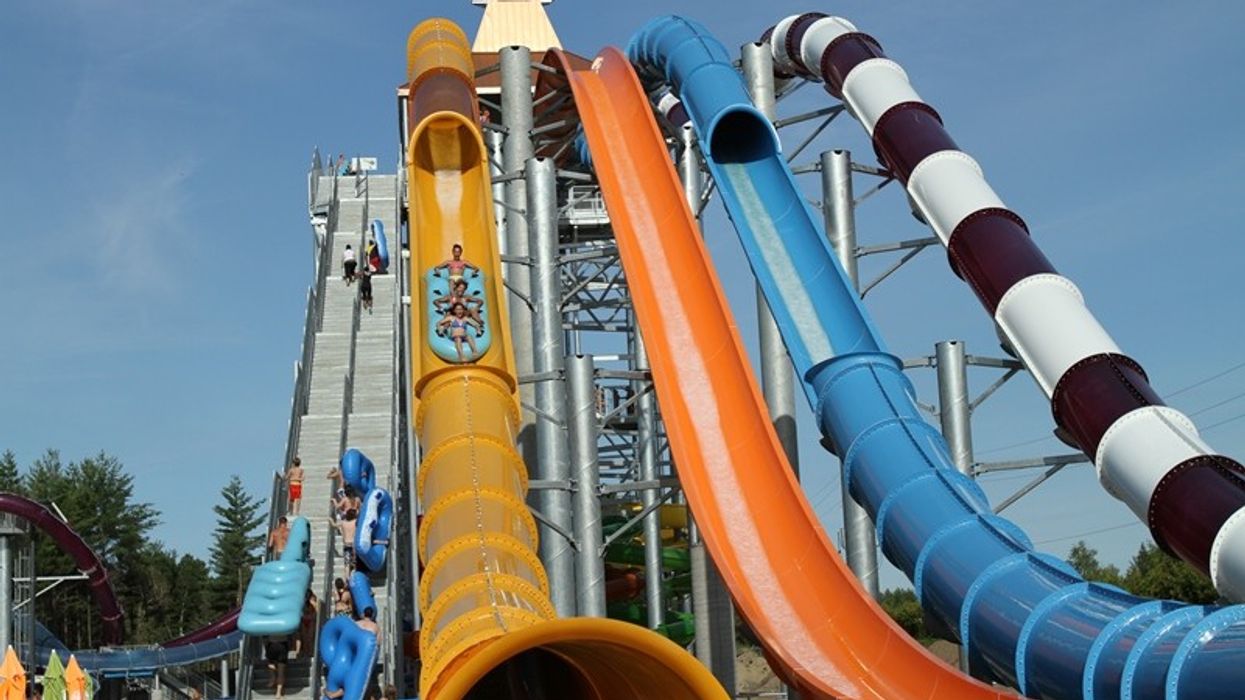



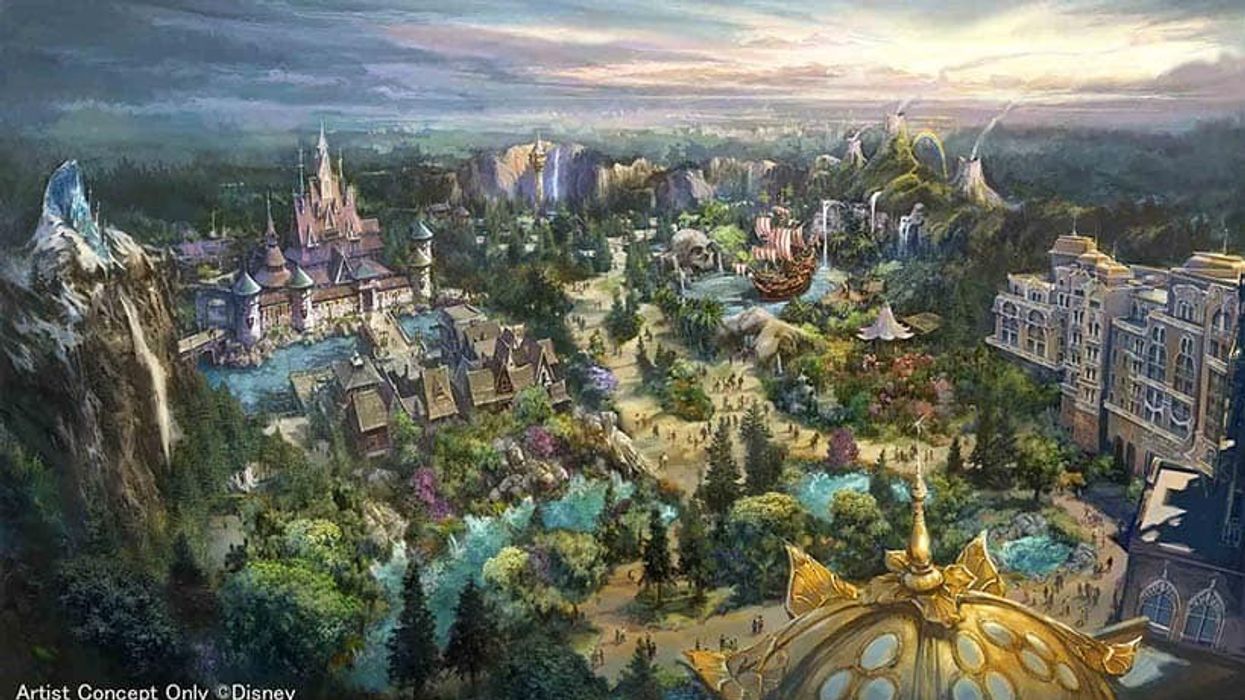

 TM Lim and Adam Wales
TM Lim and Adam Wales



 Toby Harris
Toby Harris Hijingo
Hijingo Flight Club, Washington D.C.
Flight Club, Washington D.C.
 Flight Club Philadelphia
Flight Club Philadelphia Flight Club Philadelphia
Flight Club Philadelphia Bounce
Bounce Hijingo
Hijingo Bounce
Bounce
 Fernando Eiroa
Fernando Eiroa











 Nickelodeon Land at Parque de Atracciones de Madrid
Nickelodeon Land at Parque de Atracciones de Madrid Raging Waters
Raging Waters  Mirabilandia's iSpeed coaster
Mirabilandia's iSpeed coaster Parque de Atracciones de Madrid
Parque de Atracciones de Madrid Ferracci at the ribbon-cutting ceremony for Nickelodeon Land at Mirabilandia, with (left) Marie Marks, senior VP of global experiences for Paramount and (cutting the ribbon) Sabrina Mangina, GM at Mirabilandia
Ferracci at the ribbon-cutting ceremony for Nickelodeon Land at Mirabilandia, with (left) Marie Marks, senior VP of global experiences for Paramount and (cutting the ribbon) Sabrina Mangina, GM at Mirabilandia Tropical Islands OHANA hotel
Tropical Islands OHANA hotel Elephants at Blackpool Zoo
Elephants at Blackpool Zoo  Tusenfryd
Tusenfryd